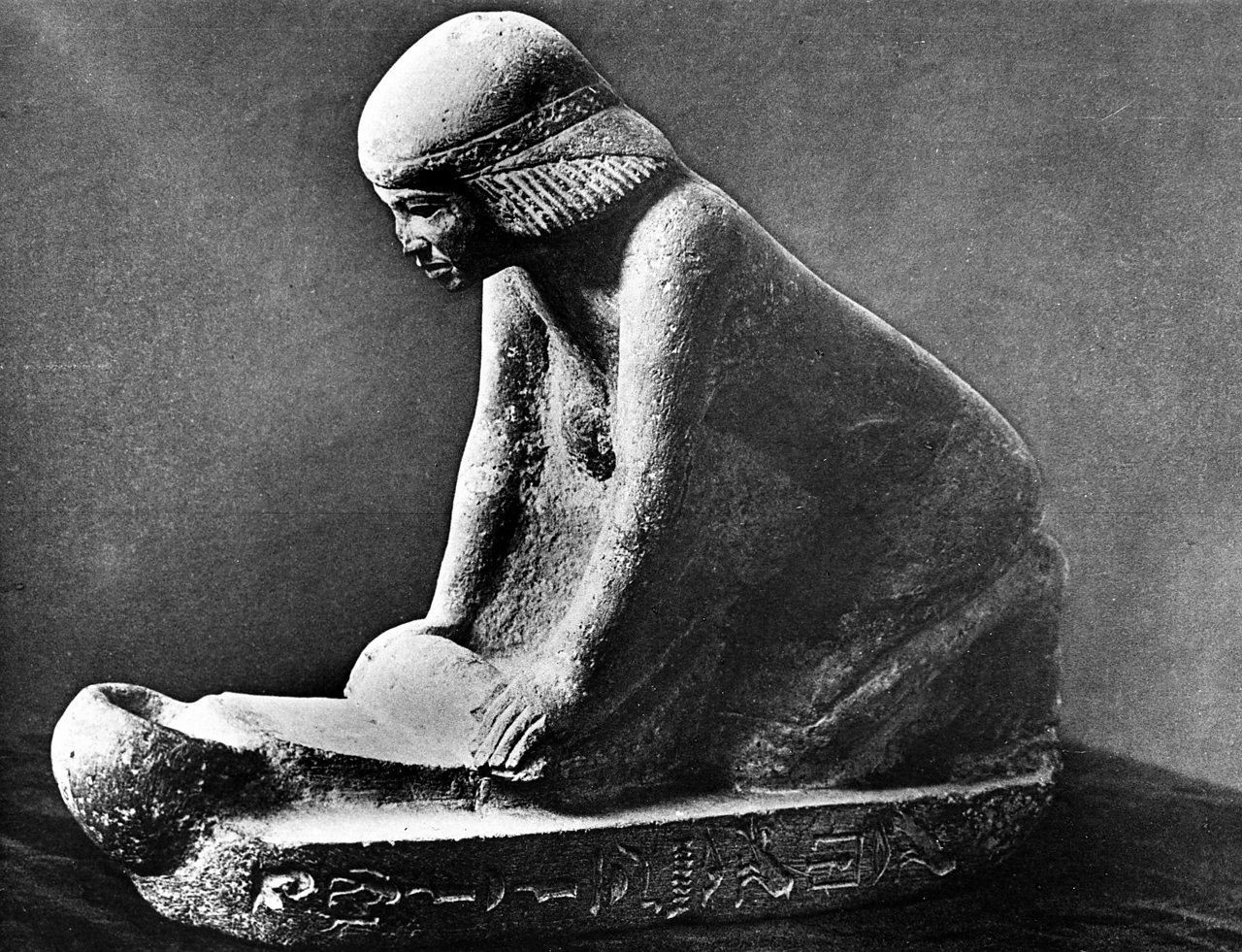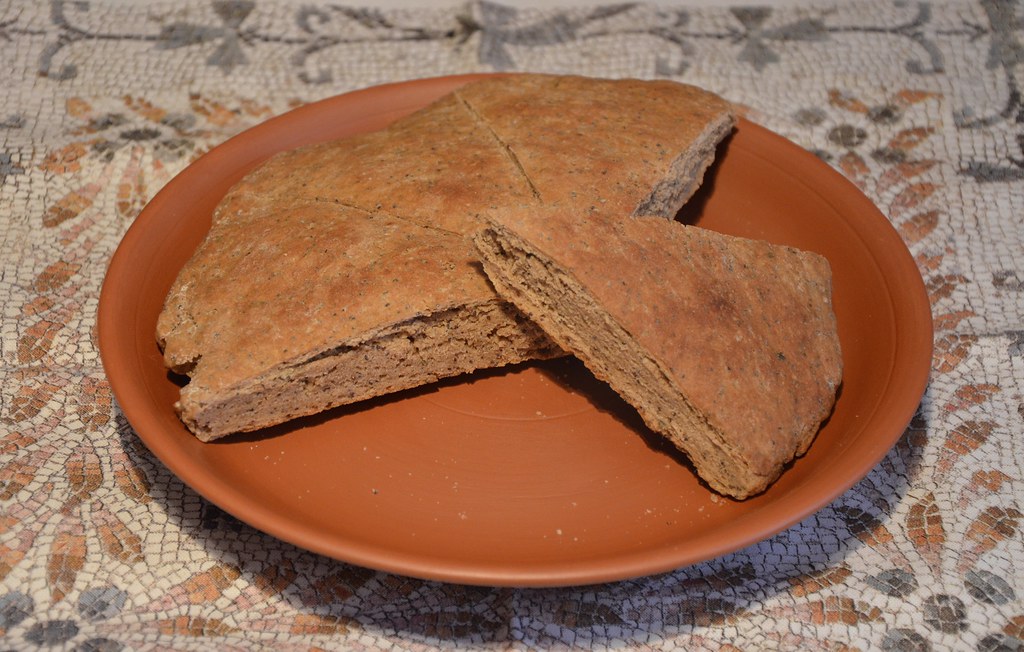Although sourdough is enjoyed around the world in the many ways it gets baked–whether it’s bread, pancakes, muffins or any number of baked goods–its humble beginnings go back further than you might imagine. Around 3000 BCE on the banks of the Nile river in Ancient Egypt, wheat and other grains were cultivated to provide for the growing populations. It was at this time that the first loaves of sourdough bread were enjoyed. There are many depictions of bread and the process of bread-making in Egyptian hieroglyphs, sculptures, and other artifacts. Archeologists found ovens where sourdough bread was made and even discovered yeast cultures the ancient Egyptians used to leaven their bread.


With strong trade throughout the Mediterranean sea, it didn’t take long for sourdough bread and the process of bread making to make its way out of Egypt. The Greeks imported whole wheat from Egypt and Sicily and in a short period of time completely revolutionized the technology and equipment for making sourdough bread was made and it quickly became a staple of the Greek diet. It continued to become more and more prominent in different cultures as food for daily consumption and was eventually adopted by the Roman military. Interestingly, many of the first bakers in Rome were freed slaves who took up the occupation of professional bakers and began forming their own guilds. As Rome expanded its territories and moved further into northern Europe, they brought sourdough bread with them.
Though bread became less prominent during the barbarian invasion because of the lack of access to flour, the secrets were held in the monasteries and began to reemerge in the 12th century with the rise of the baking profession in France. Eventually, barm–ale yeast–became a popular replacement for sourdough because of how much easier it was to use in the bread-making process. Making sourdough bread is a very time-consuming process and technologies–alternative yeast supplements–changed how bread was made. In the 19th century compressed yeast–bakers yeast–almost completely replaced sourdough starter for leavening bread because it was so much easier and less time-consuming.
Introduction to North America

During the gold rush in California, sourdough was introduced in San Francisco around 1849 and eventually made its way to Alaska and western Canada. It was popular with the miners because they often lived in drab conditions that tended to work in favour of sourdough bread and because sourdough tends to be more nutritious than bread made with bakers yeast–it was probably also due to access.
Leave a Reply
You must be logged in to post a comment.